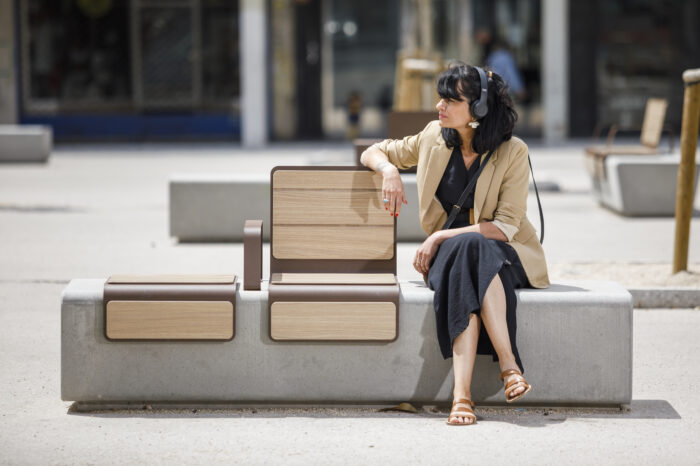
The concept of space and room goes beyond physical boundaries and structures and includes social, cultural and emotional meaning. This broad concept holds many different meanings and influences that shape our daily lives. In this blog post, we dive deep into the nature of room in the context of architecture and urban space, exploring the impact different types of rooms have on us as individuals and communities, and thinking about how we can create spaces that enrich our lived experience and create a fulfilling urban space.
What is space? In the context of architecture and urban space, space is much more than just an empty area. It is like an organism with living and breathing parts that create the environment in which we live, work and interact. Spaces are where we meet, where we create, where we experience.
Urban spaces, be they public squares, streets or green areas, are platforms where meetings, communication, sharing and exchange of experiences take place. These spaces shape our identity, our daily lives and affect our well-being, so it is important to understand how to create and design them so that they are suitable for living, working and playing. High-quality urban space can support community cohesion, create safety and promote an active lifestyle. However, poorly designed or carelessly maintained spaces can lead to isolation, insecurity and stress.
“Architecture creates space and space creates us.” – Louis Kahn
Looking at different types of spaces, we discover urban and rural spaces, common and public, cultural and commercial spaces. All rooms are like our big playgrounds, where all the most important events of our lives take place. Shared and public spaces such as parks, squares and streets are where we meet, interact and create memories. Cultural spaces, be they museums, galleries or concert halls, are a source of inspiration and knowledge. However, commercial spaces are places where we consume and communicate. They are designed as a combination of comfort and aesthetics to give us a pleasant shopping experience. The design solutions of these spaces can influence our purchasing decisions and our emotions. A public space is a place where everyone meets, regardless of background or status. It is a place where opinions are expressed, events happen and memories are made. Public spaces are the heart of the urban environment, where everyone has the opportunity to participate and have a say.
Architects and urban planners have understood the importance of spaces and their impact on our daily lives. They are committed to creating meaningful urban spaces that meet people’s needs and desires. As one famous architect has said: “Architecture is a dance between space and light.” This dance results in carefully designed buildings and streets that come to life under people’s hands and feet.
A full-fledged urban space is created in collaboration with the community and architects who understand the importance of space in our lives. It is a space where people feel at home and safe, and where there is room to explore and create. Through proper planning and design, we can create an urban space that supports our well-being and creates positive experiences for everyone around us.
“Making sense of space is key, because space is what defines human experience and the quality of life.” – Jan Gehl
Designing urban space is a great responsibility, but also a great opportunity. We can create spaces that create meaning. We can create spaces that positively affect our lives and society. We can create spaces that create a full-fledged urban space.
As architects, urban planners, spatial designers, as well as all the rest of us, we are responsible for creating spaces that support people’s well-being and create a full-fledged urban space. Together we build spaces that create meaning, evoke emotion and connect people.